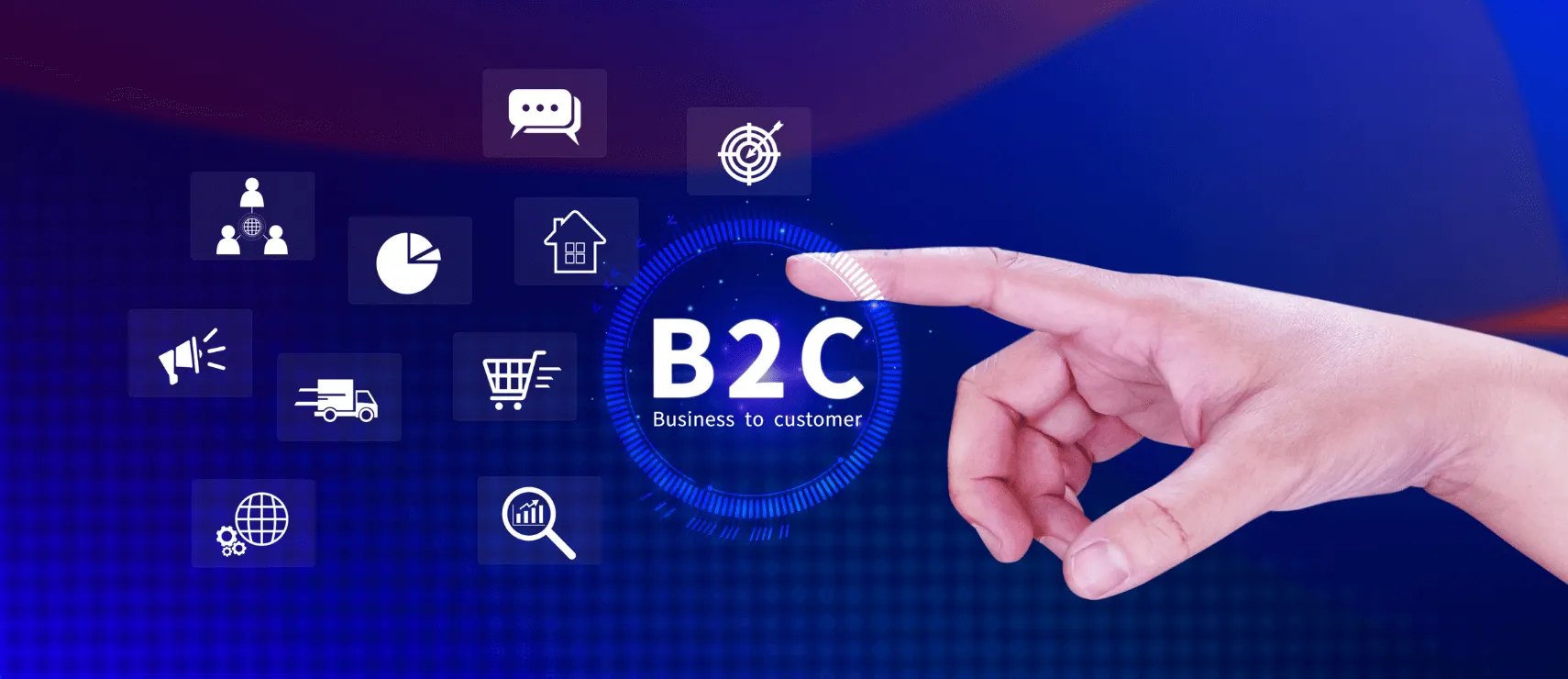Wondering what B2B, B2C and C2C mean? In this blog post, we explain these business models, how they operate, and their role in the digital marketing ecosystem.

Wondering what B2B, B2C and C2C mean? In this blog post, we explain these business models, how they operate, and their role in the digital marketing ecosystem.

In a digitalizing world, businesses adopt different business models to reach their target audiences. The leading models are B2B (Business to Business), B2C (Business to Consumer), and C2C (Consumer to Consumer). Each represents a different shopping dynamic and forms the foundation of marketing strategies. In this article, we examine these three business models in detail and explain the fundamental differences between them.
The B2B model is a business model in which companies provide products or services to other companies. This structure generally involves larger-scale, contract-based, long-term, and high-volume transactions. For example, a printing house providing printing services to an agency or a software company offering corporate solutions to another company are examples of B2B.
Advantages:
Long-term customer relationships
High order volume
Professional communication processes
Disadvantages:
Longer sales cycle
Decision-making process involves multiple stakeholders
B2C is when a business sells goods or services directly to the end-user. E-commerce sites, chain stores, and clothing brands are examples of companies that use the B2C model. Every purchase made individually by consumers falls under this model.
Advantages:
Shorter sales cycle
Direct communication with consumers
Opportunity to build brand perception and loyalty
Disadvantages:
Intense competition
Customer expectations are more variable

The C2C model is a system where individuals offer products or services to each other. These transactions usually take place through a platform. For example, platforms like sahibinden.com, Letgo, or Dolap, which sell second-hand products, are examples of this model.
Advantages:
Large user base
Low entry cost
Structure based on trust between users
Disadvantages:
Risk of security and fraud
Lack of professional support
Depending on the service your business offers, your target audience, and your position in the industry, one or more of these models may be suitable for you. For example, brands that appeal to both other businesses and end consumers can use B2B and B2C models together. Model selection is directly related to your brand's growth strategy.
B2B, B2C, and C2C models are the building blocks of digital commerce. Determining the right model clarifies your marketing strategy, helps you communicate more effectively with your target audience, and builds your business on stronger foundations.
If you also want to determine the most suitable business model for your brand and take an effective position in the digital world, contact Babel. Let’s shape your digital strategies together.